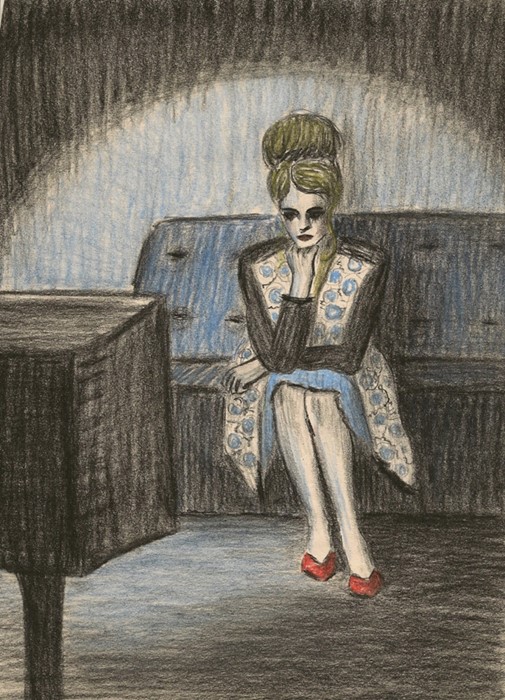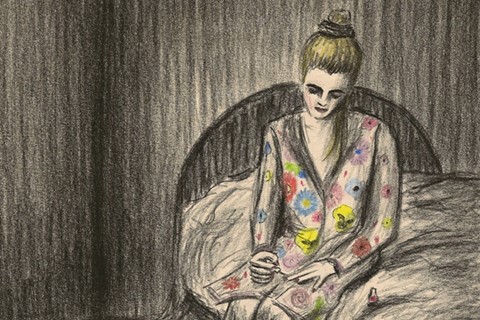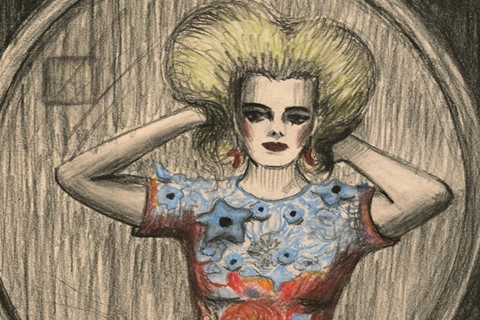Designers' use of appliqué florals for spring very much mirrors their mindset for the season. Nothing can be too saccharine, too feminine, too girlish. No surface can be left unadorned. Should a plane of a garment seem too empty, the solution has
Designers' use of appliqué florals for spring very much mirrors their mindset for the season. Nothing can be too saccharine, too feminine, too girlish. No surface can be left unadorned. Should a plane of a garment seem too empty, the solution has been to throw flowers at it.
Nowhere was this more evident than at Prada, where flowers as surface adornment came second only to, unexpectedly, cars. Mrs Prada's "Donna e motore" theme spoke of Italian gender codes, appliqué florals keeping up the hyper-feminine end of the bargain, while the vehicles knowingly undercut their romantic influence. The florals involved came in the form of handstitched Swiss lace squares fixed individually to the surfaces of boxy collared jackets and long-line swing coats, their artisanal qualities taking this far beyond the ordinary realms of floral print.
"Should a plane of a garment seem too empty, the solution has been to throw flowers at it."
So too at Christopher Kane, where appliqué florals came on metallic jacquard, part of a princessish collection inspired by a teenage girl dreaming of a life beyond a council estate. Shimmering on shift dresses, these florals had an intensely real quality, in their colours, just as they had an ultra-fake look in their preternatural glossiness. They were nostalgic in their recollection of deb dresses and florals from an era before the genre was either hackneyed or ironised.
And at Dolce & Gabbana, this sensibility was also highlighted in tight-fitting broderie gowns and separates reminiscent of mid-century glamour, although in a more rusticated sense than either if the above. These appliqué florals were notable for their naivety, especially at a label so known for its rather more sensual take on womenswear, but they were all the more effective for it.
There were broderie flowers too at Louis Vuitton, less appliquéd than woven wholesale into the weft of dresses, tops and skirts. This marks something of a difference between collections: where appliqué was used, clothes remained deliberately feminine, provocatively so, with designers working in an almost couture tradition to add a luxurious edge at a time when the luxury goods market is thriving on the strengths of artisanal craftsmanship. Where flowers were incorporated more fully, as either weft or print, the message was rather more intrinsic, less questionable. You see, appliqué goes far deeper than the surface.
Text by Harriet Walker
Harriet Walker is a fashion writer at The Independent. Her book Less is More: Minimalism in Fashion is out now, published by Merrell. Zoë Taylor has appeared in Le Gun, Bare Bones, Ambit and Dazed & Confused. She is currently working on her third graphic novella and an exhibition.


